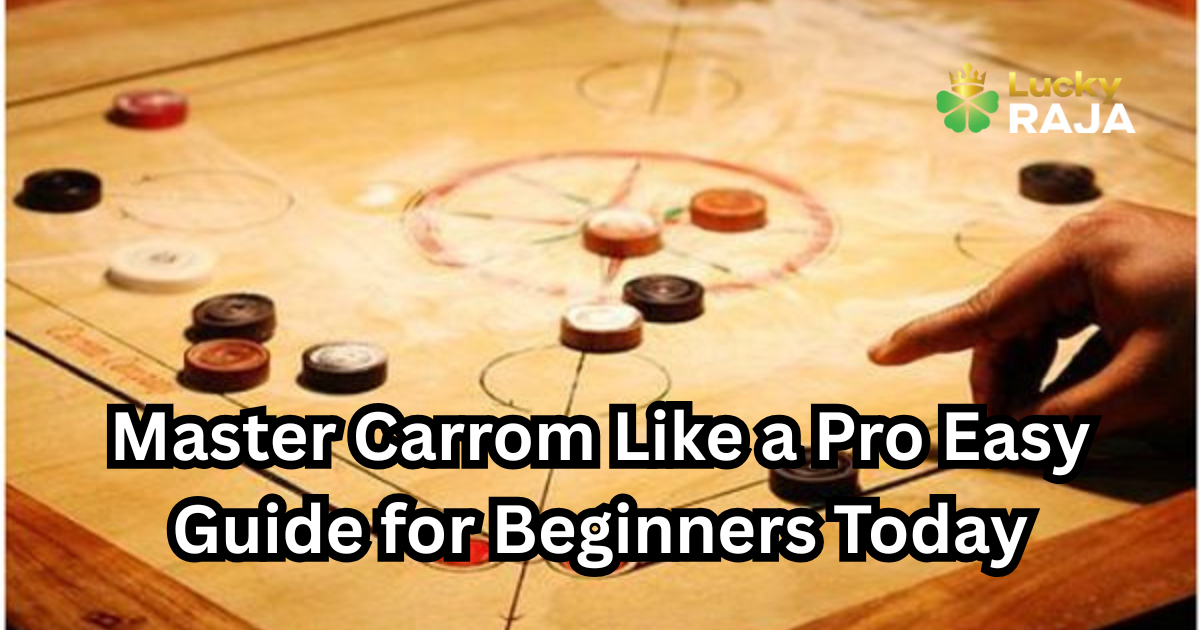Kabaddi Games Rules: Master Every Move & Win Like a Pro. Kabaddi Games Rules are the heart of one of the fastest-paced and strategic sports in South Asia. Whether you’re playing for fun or looking to compete, mastering these rules is essential to gain an edge over your opponents and avoid costly fouls or penalties.
Kabaddi is a traditional contact sport that originated in India and has gained massive popularity worldwide. It is played between two teams of seven players each on a rectangular court, where offense and defense switch rapidly. The objective is simple—score points by raiding the opponent’s half, tagging players, and returning safely.
Kabaddi is not just a test of physical strength; it’s also about reflexes, balance, tactical awareness, and smart decision-making. This sport is widely played in Indian schools, colleges, rural tournaments, and as well as in international competitions, including the Pro Kabaddi League and Asian Games.
To play accordingly to kabaddi games rules is effectively, a clear understanding of its basic rules is crucial. These rules ensure fair play, structure, and competitiveness in the game.
Each team has 7 active players and up to 5 substitutes.
A minimum of five players from each team must be present on the court throughout the match.
Men’s matches: 2 halves of 20 minutes each with a 5-minute break.
Women’s and junior matches: 2 halves of 15 minutes.
A toss is conducted before the game.
The winning captain decides whether to raid or defend first.
The raider is the team member who crosses into the opponent's half with the objective of scoring points through tags or touch-outs.
During a raid, the raider is required to repeatedly chant the word 'kabaddi' without interruption until they return to their own half.
Failure to chant disqualifies the raid.
The raider scores points by tagging one or more defenders and safely returning to their half of the court.
Each successful tag earns 1 point per player.
When six or more defenders are present on the court, the raider has the opportunity to score a bonus point by crossing the bonus line while keeping one foot airborne within the playing boundary.
The defending team must stop the raider from returning after tagging.
Defenders can catch, hold, or block the raider to prevent their return.
A successful tackle by the defending team results in them earning one point.
Defenders cannot cross into the raider's half or make contact until the raider enters their territory.
Each point scored revives one out player on the team.
The kabaddi games rules say that the scoring system is straightforward but demands strategic thinking.
| Action |
Points Awarded |
| Each opponent tagged (Raid) |
1 point per defender |
| Successful tackle (Defense) |
1 point per raider |
| Crossing bonus line |
1 bonus point |
| All-Out (opposing team out) |
2 additional points |
| Technical fouls |
1 point to the opponent |
Scoring quickly can pressure the opponent into making mistakes, which smart players can capitalize on. Kabaddi Games Rules emphasize the importance of consistency and teamwork during scoring opportunities.
A player is out if they step outside the boundary line, unless pushed.
If a raider stops chanting “kabaddi,” the raid is invalid.
Defenders moving before the raider enters result in technical points to the raiding team.
Time-wasting or deliberate delays result in penalties.
Kabaddi Games Rules strictly prohibit aggressive behavior, unnecessary stalling, or faking injuries to gain time.
Teams may make substitutions during halftime or in case of an injury.
Once a player is substituted, they cannot return unless revived during gameplay.
A well-timed substitution could provide a fresh perspective, especially during the final moments of a close match. Strategic use of substitutes often separates amateur teams from professional ones.
The most common version.
Played indoors with defined bonus lines and boundaries.
Traditional form played outdoors.
No bonus lines, different scoring and tackle variations.
In circle style kabaddi, there is greater emphasis on wrestling techniques and physical strength, whereas standard style leans more toward agility and technique. Both styles follow core Kabaddi Games Rules but differ in gameplay approach and environment.
Mastering Kabaddi Games Rules is only the beginning. Applying strategic play is key to dominating the game.
Focus on weaker defenders.
Keep track of revival counts and game situation.
Defenders should hold hands to form a chain, reducing the raider's escape route.
Only go for the bonus when defenders are in position for it to be valid.
Teams should alternate roles wisely, knowing when to attack aggressively or hold back.
Teams that adapt to the opponent’s playing pattern and make real-time changes are often the most successful. High-level kabaddi requires mental resilience as much as physical agility.
While most kabaddi games rules are globally consistent, there are some variations in international kabaddi games rules:
- Match duration may vary slightly.
- Referees are stricter on time delays and technical fouls.
- Player reviews and third referees are often used in professional leagues.
Kabaddi has grown into a global sport with structured league systems, advanced training techniques, and international exposure. Yet, the game remains rooted in the same Kabaddi Games Rules that defined it centuries ago.
Grasping the Kabaddi games rules is key to ensuring fair play, crafting effective strategies, and securing victory in matches. Whether you're new to kabaddi or a seasoned player, mastering the raiding techniques, tackling protocols, fouls, and point system will elevate your game to the next level. From local courts to professional leagues, the kabaddi games rules remain your ultimate playbook.
The basic kabaddi games rules include two teams of seven players, each taking turns to send a raider into the opponent’s half to tag defenders and return without being tackled. The raider must chant “kabaddi” throughout the raid, and points are awarded for tags and tackles.
Points in kabaddi are awarded when a raider successfully tags a defender and returns, or when defenders tackle the raider. Additional points can be earned through bonus line crossings, All-Outs, and penalties for technical fouls.
The raider enters the opponent’s half to tag defenders and return safely to earn points. Defenders aim to stop the raider by tackling or blocking them. Both roles require strategy, timing, and adherence to kabaddi games rules.








__1747047743-0.png)
__1746528139-0.png)







